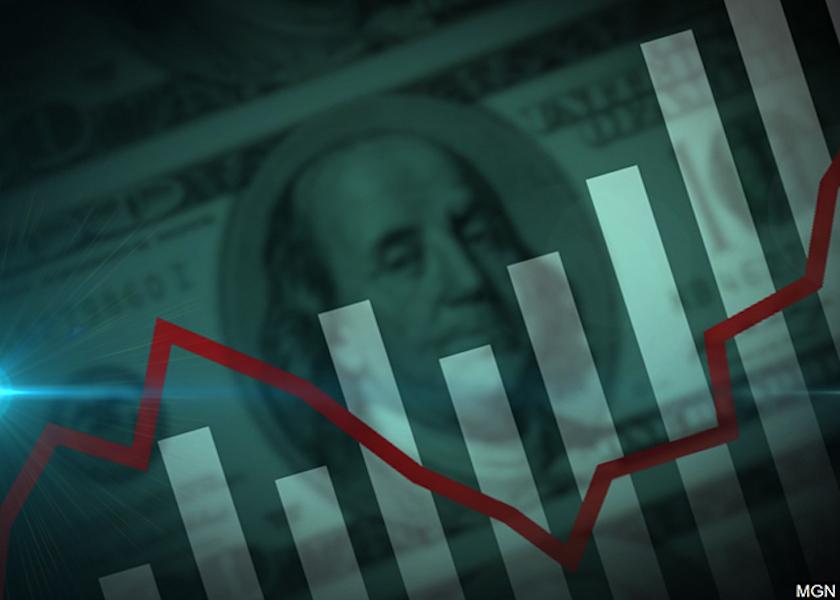$20+ Milk Could Be Further Swallowed Up by Russia-Ukraine Crisis

As oil teeters around $100 a barrel, the highest prices seen since 2014, JPMorgan voices concern that a spike in energy prices and other ripple effects from the Russia-Ukraine crisis would hinder both the stock market and the economic recovery.
Speaking of recovery, that is what U.S. dairy producers were looking forward to as they flipped the calendar to 2022 and welcomed the highest milk prices they have seen since 2014. The January 2022 Class III price was $20.38, up $2.02 from the previous month and up $4.34 from a year ago.
Even with milk prices being their highest in eight years, $20 plus milk check isn’t the stellar price that it once was. Instead, $20 milk is proving to barely cover skyrocketing inflation and rapidly rising input costs.
For perspective, year-over-year costs have increased in every cornerstone of the dairy. From labor to feed to energy and more, no area is untouched, including year-over-year increases in:
CBOT Futures
- Corn +24%
- Soybean Meal +8%
- Soybeans +17%
- Wheat +36%
US Department of Energy
- Diesel +41%
USDA Agricultural Prices Report
- Alfalfa +28%
- Cottonseed +23%
US Bureau of Labor Statistics
- 2021 versus 2020 farm labor is up 6% according
- Anhydrous Ammonia in Illinois is up 178%.
All eyes will be monitoring the Russia-Ukrainian crisis in the coming days, weeks and months. Mike North, president of ever.ag says that dairy producers will not be impacted by the way of milk prices due to the situation abroad. He shared that they will be directly impacted when it comes to feed prices, especially corn.
Combined, Russia and Ukraine account for a third of total corn and cereal grain exports. North points out that delays, disruptions or discontinuations of exports of those regions to willing and expecting buyers will force buyers to look for alternative sources.
“As buyers scramble to secure inventory, that will put a significant premium on crop values which will immediately elevate feed costs and long-term support milk prices,” North remarks. “But this story is far from told. It is important to realize that such developments are constantly evolving and introduce significant volatility in the market. It is important for people to see the big picture and act rationally to price movement.”







